This is the Optimal Amount of Protein You May Need Every Day, According to Expert
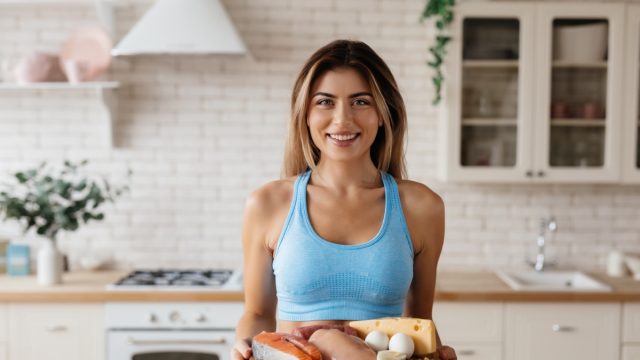
Are you eating too much or too little protein? If you are trying to lose weight and burn fat, consuming the ideal amount will help you achieve your goals. How much should you aim for? In a new video, Dave Asprey reveals exactly how much protein you should consume daily. Body Network's Resident RDN, The Diet Diva Tara Collingwood, also weighs in. Read on to discover your daily protein needs, the difference between animal and plant proteins, and other factors you should consider to maintain a healthy body.
Aim for Between 0.8 and 1 Gram Per Pound of Body Weight
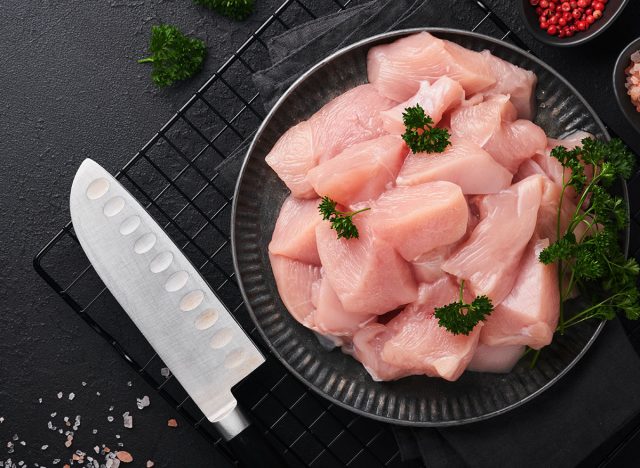
According to Asprey, you need "between 0.8 and one gram of protein per pound of body weight. So I weigh 200 pounds, and I'm about 7 percent body fat. That means I need about 200 grams of protein a day."
He's Only 7 Percent Body Fat
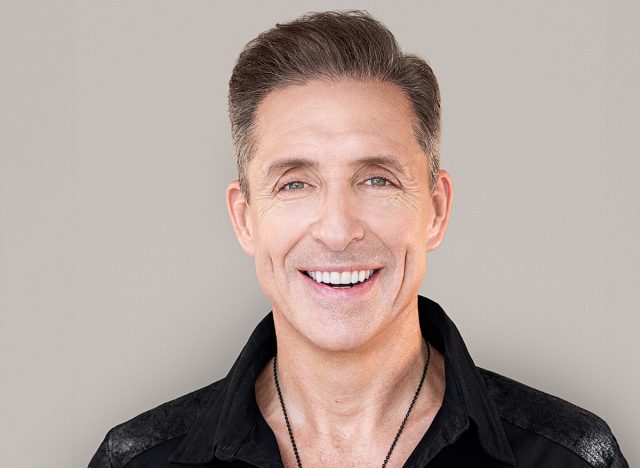
He also remarked how "ridiculous" it is that he's only seven percent body fat. "As a guy who's the fat computer hacker from the first Jurassic Park like it's, it's totally ridiculous," he says.
However, Take Fat Into Consideration

"In order to do that, if you're obese like I was, you might say, "Well, if I weigh 300 pounds, I have a hundred pounds of fat. You really only need 200 grams of protein. You can subtract the extra fat from the number, but 200 grams of protein, it's a lot," he says.
RELATED: I Lost 30 Pounds and This is What I Eat in a Day to Stay Lean
Also, Not All Protein Is Created Equal

"And protein isn't all the same," he continues. "The big food companies are trying to tell us cricket protein or gluten is protein. There's a company making keto cookies that are all protein. They're just gluten and canola oil, right? That is not food."
Not All Calories Are the Same Either
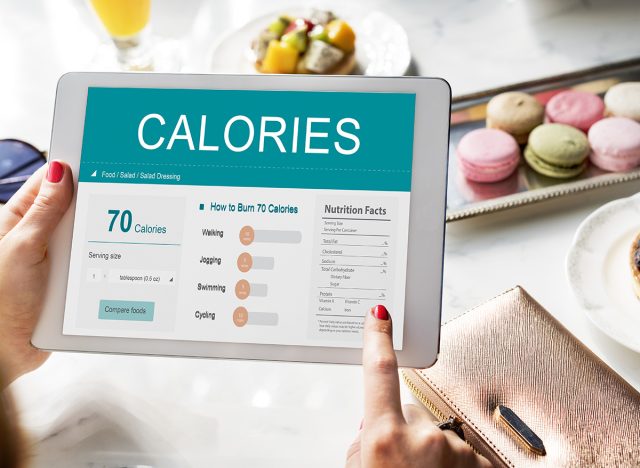
"So a while ago the story was, 'Oh, all calories are the same. So you can drink this, you know, high fructose corn syrup, it's just calories. As long as you keep your calories low, you can drink a Diet Coke and a Snickers bar. They cancel each other out." It doesn't work like that," he continues.
RELATED: 9 Nail-Strengthening Habits for Thicker, Longer Nails
He Claims Animal Proteins Signal the Body Differently Than Plant Proteins
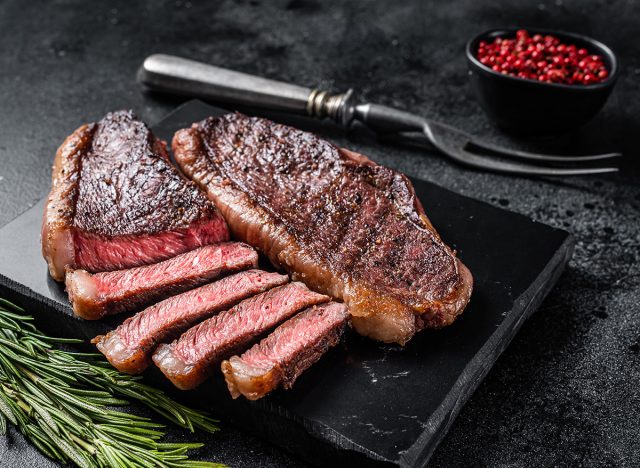
"Protein is the same way. So, different proteins send different signals to the body, and there's something called amino acid availability score. And it turns out that animal proteins score much higher than plant-based proteins," he says.
Body Network's Expert Weighs In
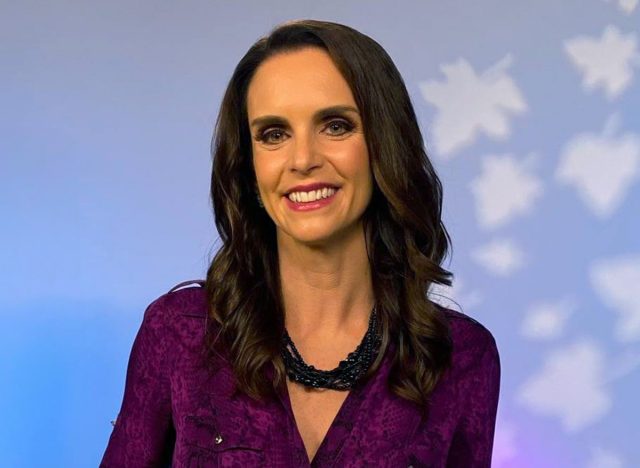
It is true that everybody needs a different amount of protein based on body mass, muscle vs fat mass, activity level, goal weight (if trying to lose), type of exercise, and more, says Body Network's Resident RDN, Tara Collingwood, MS, RDN, CSSD, LD/N, ACSM-CPT, a Board Certified Sports Dietitian and co-author of the Flat Belly Cookbook for Dummies. "It is difficult to say 200 grams if you weigh 200 pounds because it really does depend on so many different factors," she notes.
RELATED: 5 Reasons Why You May Have Gained 5 Pounds Over the Weekend
You Can Still Eat Proteins From Plants
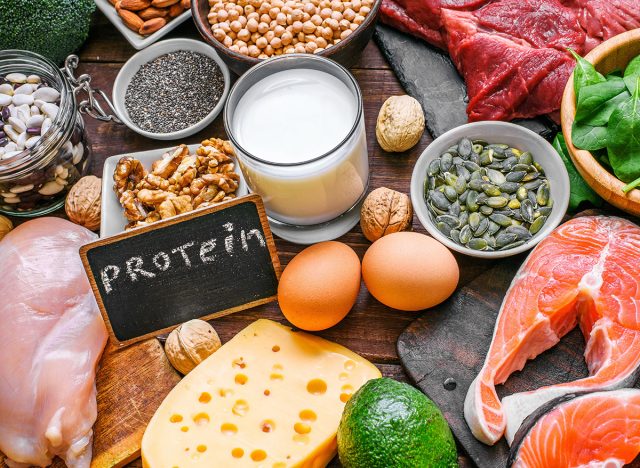
Protein is definitely not all the same either, she agrees. "Some proteins are higher in quality, meaning they have a higher amino acid content than others. In general, animal-based proteins have more amino acids and a wider variety of amino acids than many plant-based proteins," she says. However, that doesn't mean you need to eat animal protein. "You can definitely get the protein you need with plant-based foods if you plan carefully and distribute it throughout the day."
💪🔥Body Booster: Not all proteins are created the same: Animal proteins have more amino acids than plant based proteins.
@daveaspreyofficial The optimal amount of protein to eat every single day. 👆🏼 (via @Jay Shetty) #DaveAsprey #biohacking #biohacker #biohacked #health #healthydiet #protein #proteinintake ♬ original sound – Dave Asprey




